An asparagopsis update
As we get ready for a potential steep increase in Asparagopsis demand, our team is focused on expanding our seedbanks and optimizing cultivation techniques. In partnership with Greener Grazing and more recently, Seaweedland, we aim to use this red seaweed as a feed additive to reduce methane emissions from livestock.
Here’s what we have been up to:
🌱 Strain Collection: Our current protocols allow us to successfully isolate and maintain a collection of over 150 strains of A. taxiformis and A. armata from multiple geographies, some of which have been in our library for over 6 years. This diversity enables us to run strain selection programs tailored to specific locations, focusing on growth, reproduction, bromoform content, and high-temperature tolerance.
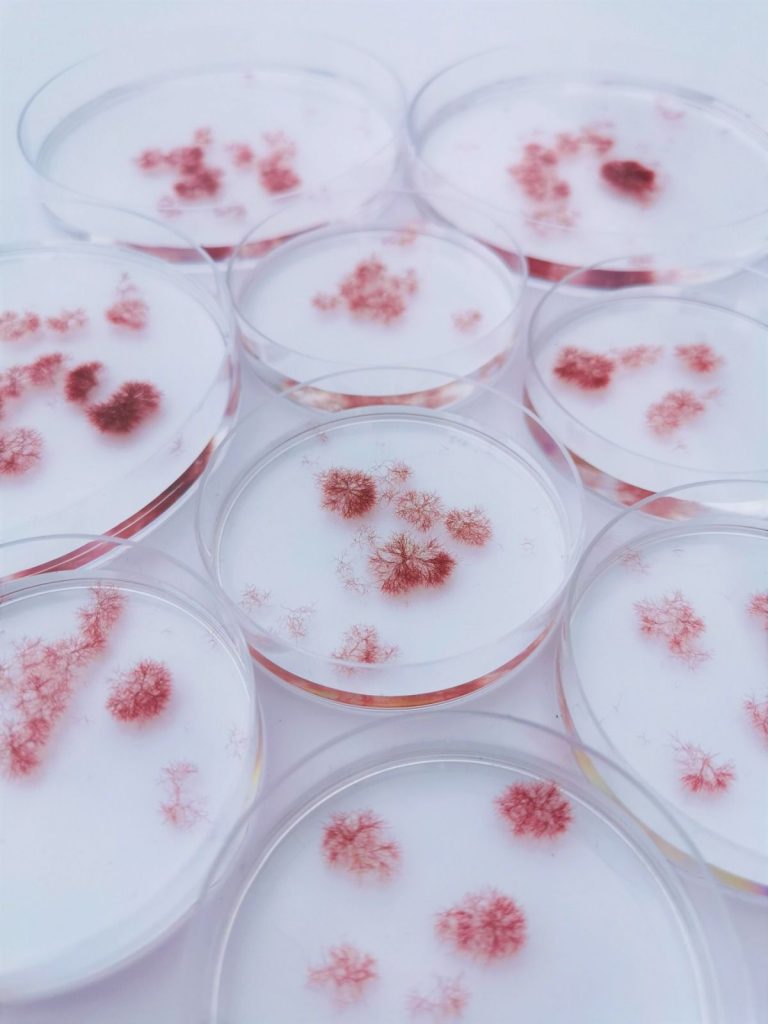
🏞️ Land-Based Cultivation: We’re working on developing land-based culture systems, including pilot-scale trials. Our most recent collaboration was with Seaweedland, where we successfully cultivated A. taxiformis sporophytes in a raceway system.
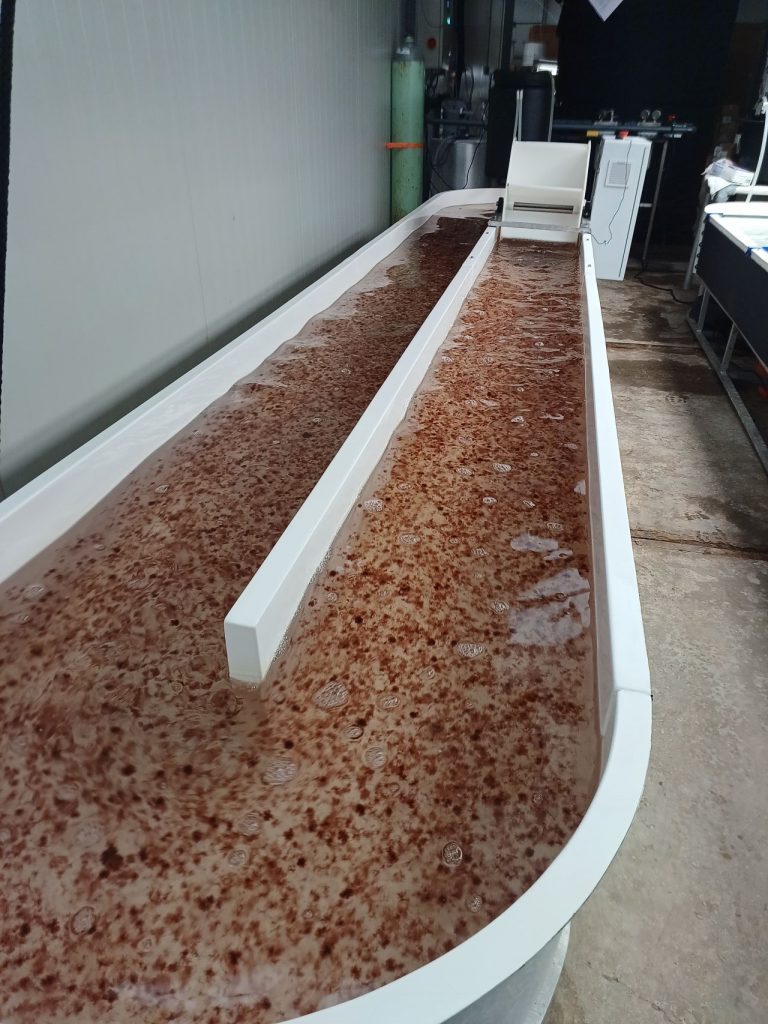
🌊 Ocean-Based Cultivation: We’re also advancing the protocols for on-land hatchery and nursery to produce good quality seedlings for ocean cultivation. Partnering with the team at Greener Grazing in Vietnam, we’re improving coils quality (twine seeding) and direct seeding techniques. Building strong collaborations with researchers and farmers is essential for creating a robust solution.
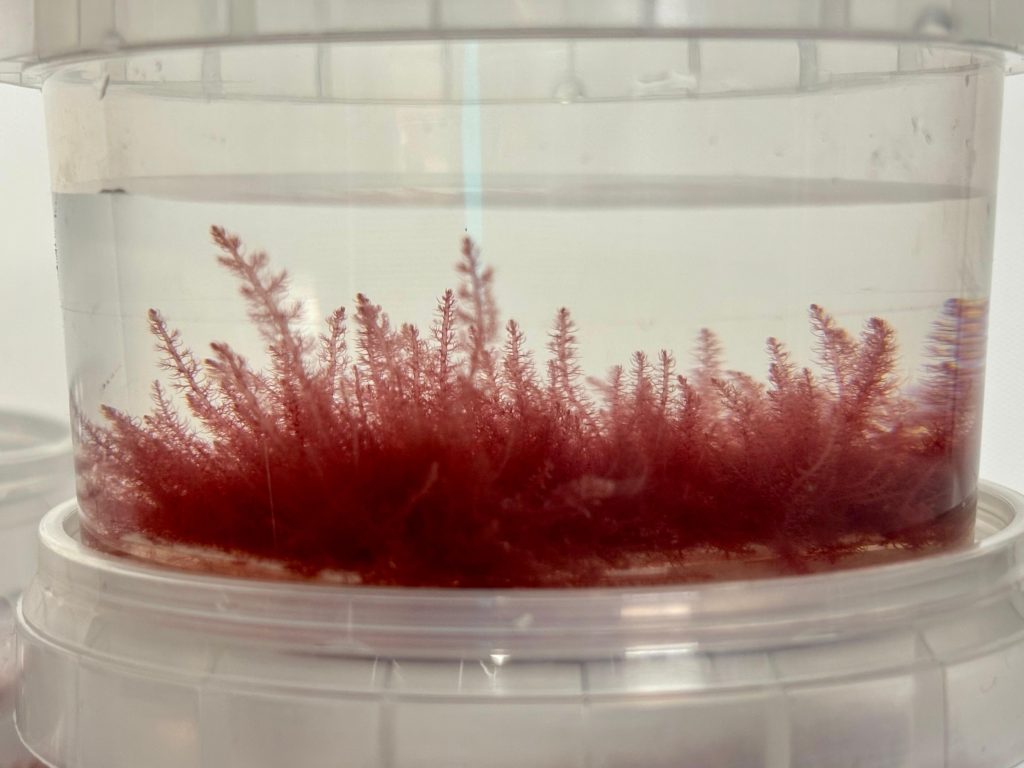
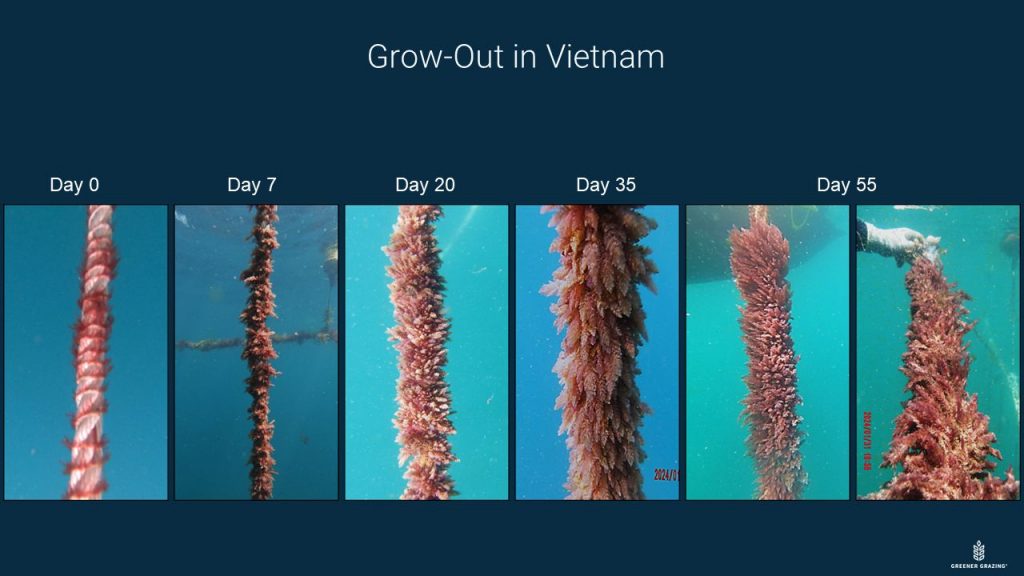
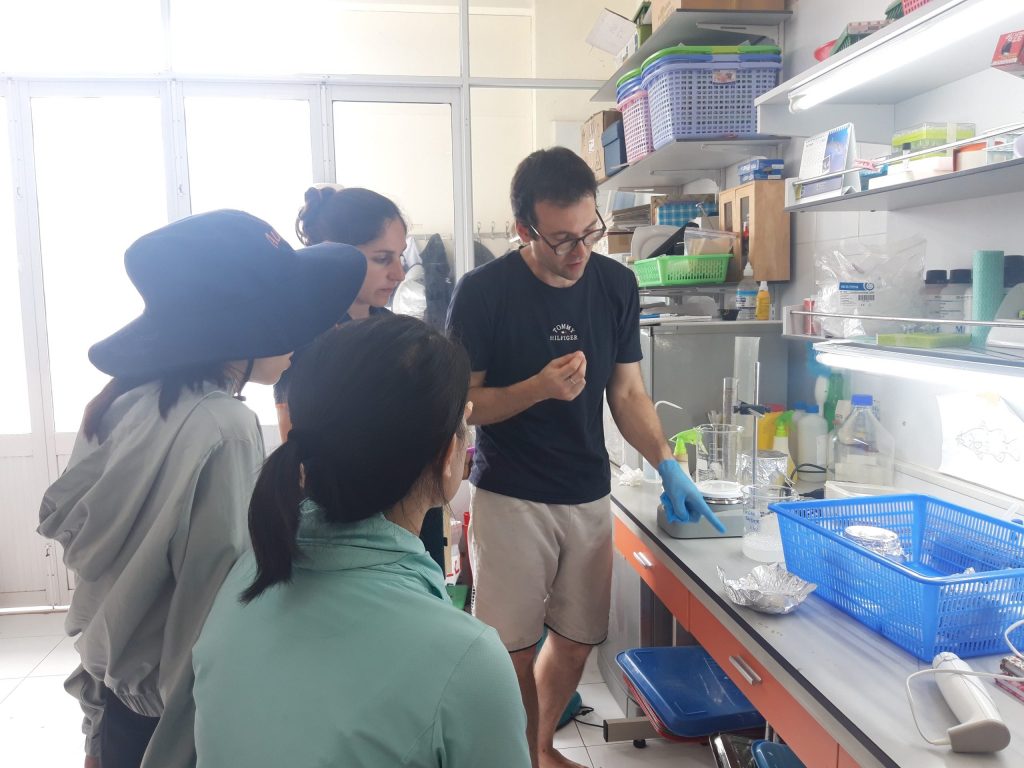
We are honored to be a partner in a growing number of promising initiatives worldwide. Would you like to have more information? Don’t hesitate to contact Ana as the Asparagopsis lead through ana.campos@hortimare.com
Pictures 4 & 5 are taken at Greener grazing in Vietnam, picture 2 is taken at Seaweedland in the Netherlands, in their R&D location at our facility. Picture 1 and 3 are from our own Hortimare seed bank and outgrowing trials.
